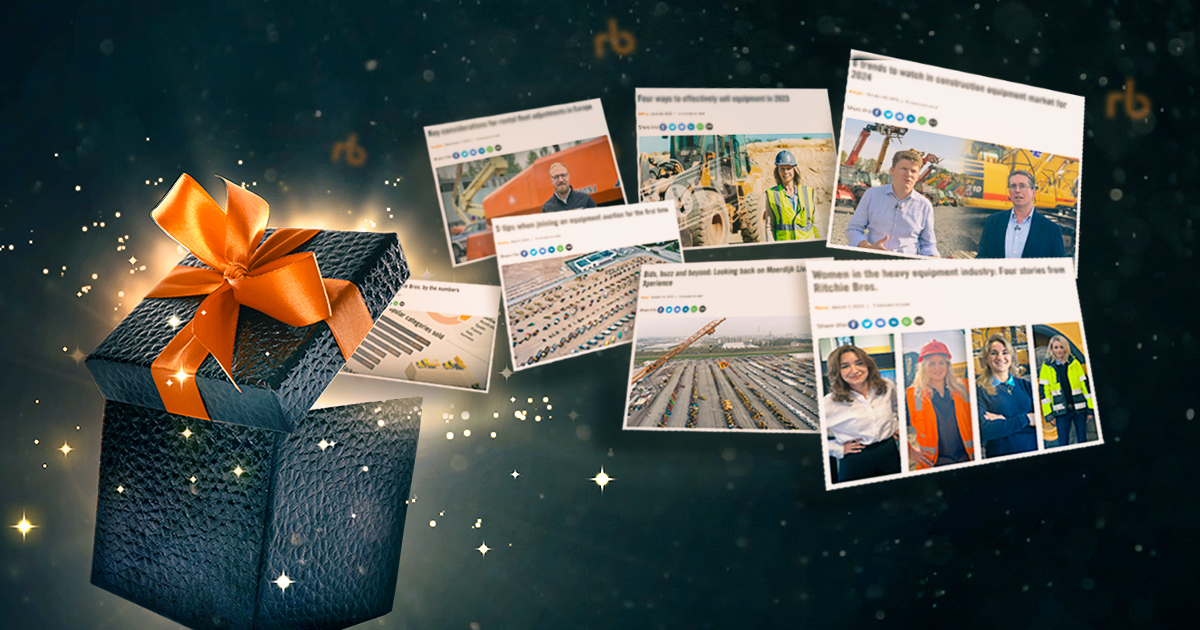The European Green Deal and How It Impacts the Heavy Equipment Market (+ webinar recording)

Carbon footprint. Eco-friendly fuels. Electric vehicles. We’ve all heard the buzzwords surrounding green initiatives from companies and governments across the world. In the EU, these efforts have resulted in the European Green Deal – a sweeping package of policies designed to tackle climate change and environmental contamination head-on.
In June, Ritchie Bros. held a webinar on the topic with the NVL and the ERA, The European Green Deal and Its Impact on Equipment Financing & Renting, that provided a look into how the financing and rental & leasing sectors are planning to navigate the transition to a greener, more sustainable future.
We sat down with Peter-Jan Bentein, Secretary-General of the Dutch Leasing Association (NVL); Michel Petitjean, Secretary-General of the European Rental Association (ERA); and Christian Sonneville and Johan Lustig, both of Ritchie Bros. to find out more.
1. So what is the European Green Deal?
The Green Deal is intended to transform the EU into the first climate-neutral continent by ensuring no net emissions of greenhouse gases by 2050, separating economic growth from resource use, and restoring biodiversity.
The overarching goal is to establish legal obligations supporting the creation of environmentally-friendly technologies, encouraging innovative solutions for cleaner and cheaper energy, and reducing CO2 emissions for developing a “green” economy.
The EU Green Deal will come into effect via international and local legislation, specifically through the European Climate Law. This law will kick off a so-called “legislative train” of regulations designed to systematically achieve the European Commission’s sustainability goals.
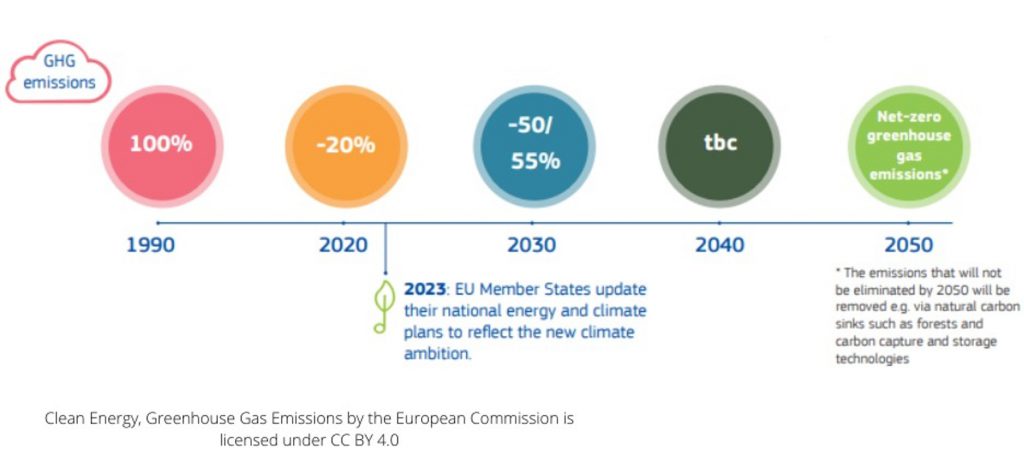
2. How might new regulations affect the heavy equipment market?
Two particular areas that are likely to see changes are equipment technology and “ownership” scenarios for the market.
Transitioning away from petroleum-based fuels to more sustainable energy sources like electric power, hydrogen fuel cells, and LNG will impact both equipment manufacturers and owners. All the big brands are already producing amazing machines and electric equipment is starting to be seen in the rental sector, which has a massive influence on popularization. The scepticism around battery life and power output for bigger units is decreasing as technology development progresses.
As companies begin to replace their machinery to meet the Green Deal’s requirements, many will adjust their investment strategies as they build up energy-efficient fleets. During the webinar, Mr. Bentein said the NVL predicts that the shift is expected to include an increase in long-term financing needs, as well as short-term rentals and pay-per-use models.
How might this impact the residual values for electric machinery? Christian Sonneville from Ritchie Bros. stated, “the industry is generally speaking 10-15 years behind the car industry, we’re in an early stage but progressing.” Ritchie Bros. is starting to see a few electrical machines coming onto the used market here and there. But the relatively few emission-neutral machines out there are often still in their first lifecycle. Mr. Sonneville added, “It will be interesting to see how asset valuation of this new generation of machinery will develop over the coming years. Ritchie Bros. has already had great success selling electric machines such as scissor lifts, boom lifts, and forklifts, proving there is a market for these machines and secondhand buyers are confident making a purchase.”
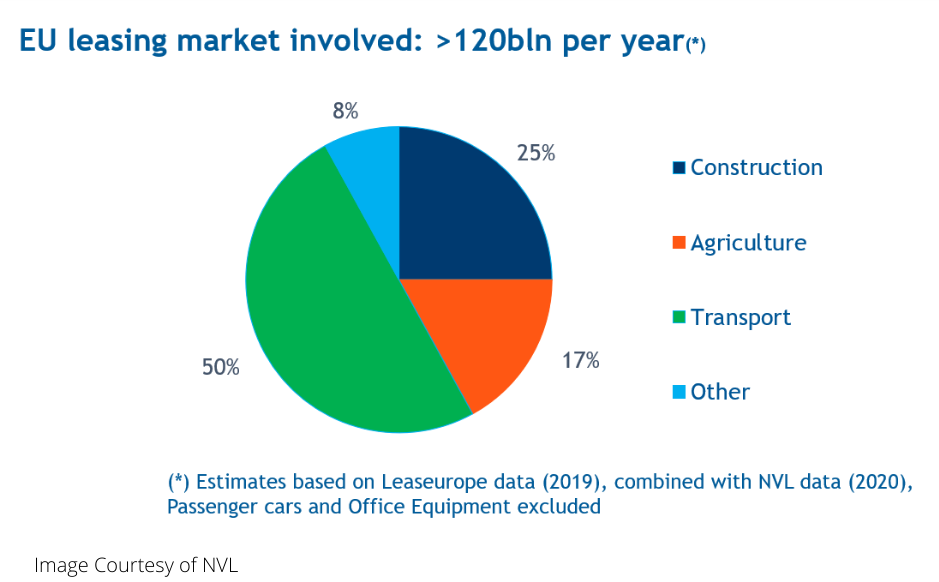
3. What Should We Keep in Mind as We Shift to a Green Economy?
As the European Green Deal regulations are put into practice, equipment manufacturers will be focused on both research and development of new generation machines based on sustainable energy sources, as well as updating facilities to adjust production capacity. For equipment owners, alternative energy options, total CO2 output by machine, and sustainability goals will be key factors in building future fleets.
In an effort to assist both lessors and end-users, the European Rental Association (ERA) has worked to create a calculator to help clarify the environmental impact of a particular piece of equipment. Mr. Petitjean stated that the ERA worked for 3 years on this project and they are confident that the platform can accurately define the parameters for calculating CO2.
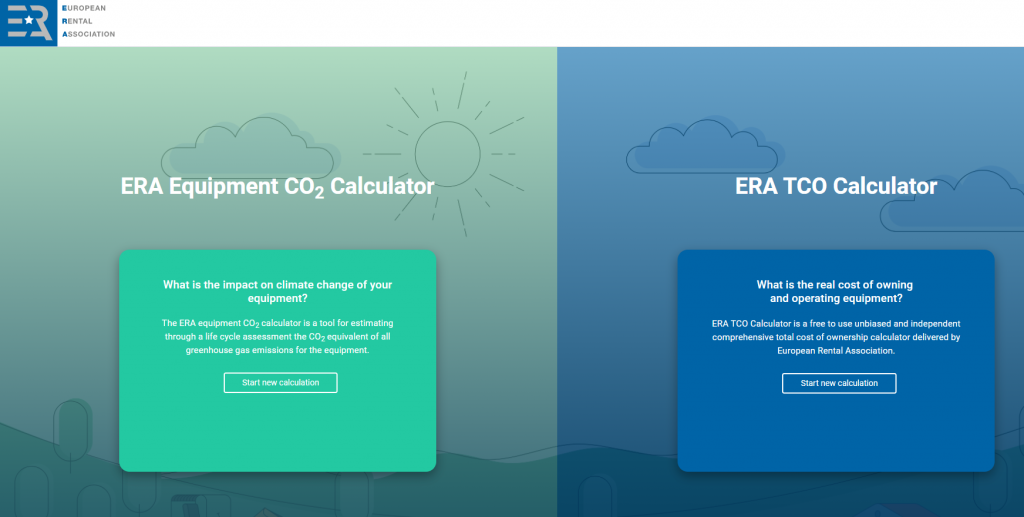
Understanding how current equipment fits into the requirements of green regulations, determining the carbon footprint of a machine or fleet, and future developments in new generation machinery will have a significant impact on a company’s investment strategy as we move into a greener future.
Interested in learning more? Watch the full webinar with speakers from Ritchie Bros., NVL, and ERA below.
Sources:
European Green Deal
https://ec.europa.eu/info/strategy/priorities-2019-2024/european-green-deal_en
https://ec.europa.eu/info/strategy/priorities-2019-2024/european-green-deal/clean-energy_en
Leaseurope
https://www.leaseurope.org/data-research
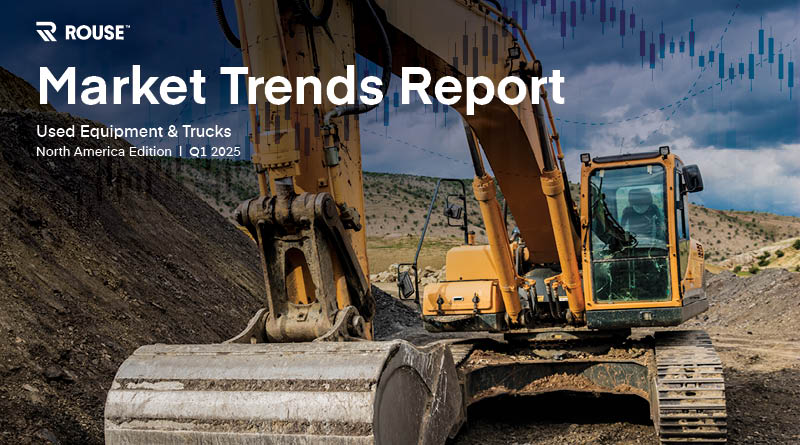 |
Market Trends Report recaps Q1 2025 construction and transportation pricing and sales |





